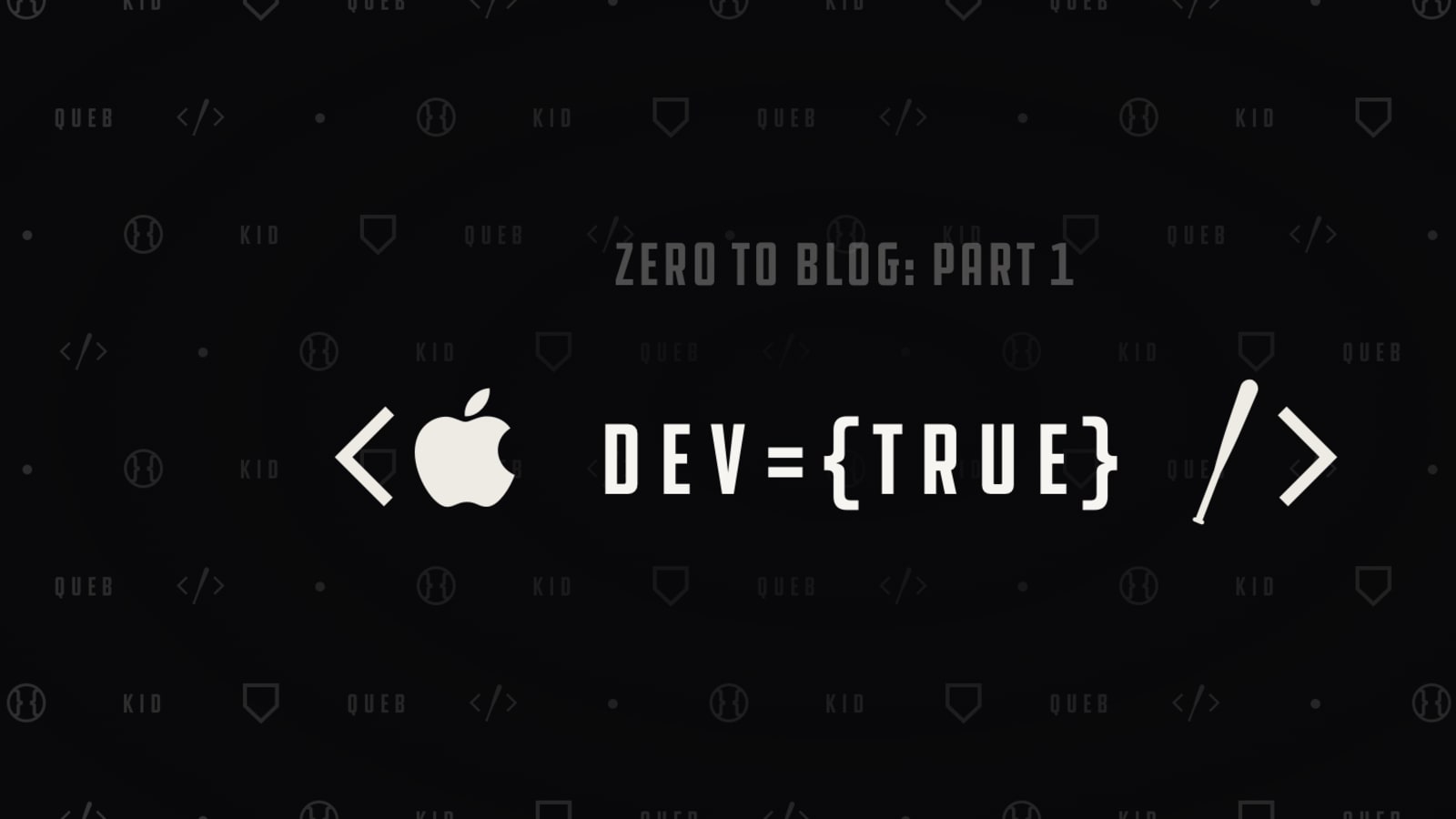

- #Brew cask developers how to#
- #Brew cask developers install#
- #Brew cask developers update#
- #Brew cask developers code#
- #Brew cask developers password#
To see what upgrade packages all or singular brew update To see what packages are out of date but not to upgrade them brew outdated To remove an installed application brew remove packagename To list all apps installed by Homebrew brew list To search for an application: brew search
#Brew cask developers install#
One issue that typically comes up is an outdated or missing version of Xcode.įor the latest macOS, brew doctor will warn that the Homebrew install won’t be 100% if Xcode is not up to date, so update Xcode from the App Store. To check for any issues with the Homebrew install run: brew doctor To get started run brew help can give some command example usage. Please consider donating:Īfter this Homebrew is installed and ready to install other apps. => Homebrew is run entirely by unpaid volunteers. No analytics data has been sent yet (or will be during this `install` run).
#Brew cask developers how to#
Read the analytics documentation (and how to opt-out) here: => Homebrew has enabled anonymous aggregate formulae and cask analytics. HEAD is now at b4a4beeca8d bde: update 3.61.0.0 bottle. => The Xcode Command Line Tools will be installed. => The following new directories will be created: usr/local/share/zsh/site-functions/_brew

=> Checking for `sudo` access (which may request your password).
#Brew cask developers password#
If you don’t have Apples Xcode Command Line Tools installed it will alert you and you need to hit enter/return on the command line to install the Xcode Command Line tool and carry on with the Homebrew installation you will also need to enter your admin password a couple of times in the process. If you are using one of those products, please retest in plain Wine before filing bugs, submitting AppDB test reports, or asking for help on the forum or in IRC.To download install Homebrew run the install script on the command line as below and let the script do its thing: /bin/bash -c "$(curl -fsSL )" Third party versions of Wine, such as Wineskin, Winebottler, and PlayOnMac, are not supported by WineHQ. Note: Files in this directory are unused on macOS unless you use a UNIX window manager and other X11 applications instead of the native MacOS apps.
#Brew cask developers code#
Then simply delete your local Wine source code directory: Otherwise and if you used `sudo make install`, revert it: Replace wine with wine-devel if you installed the development version. Sudo port uninstall -follow-dependencies wine Using MacPorts, uninstall the wine package you previously installed: See Building Wine on macOS Uninstalling Wineīrew uninstall -cask (selected wine package) The -no-quarantine line is to avoid brew adding the quarantine flag. The advantage of installing via homebrew means wine is available from a standard terminal session

Wine-stable, wine-devel or wine-staging packages can be installed using the above example. To install wine the following command can be used īrew install -cask -no-quarantine (selected wine package) Winehq packages can be installed using homebrew There is no need to set DYLD_* environment variables all paths are relative, so it should work as long as the directory structure is preserved (you can skip the /usr prefix though using -strip-components 1). To install from a tarball archive, simply unpack it into any directory. For user convenience, the package also associates itself with all *.exe files, which means you can run windows executables just by double-clicking on them.

from the Terminal, as the PATH variable is set correctly. You can now directly start wine/winecfg/. By clicking on it, a new Terminal window opens with a short introduction into some important wine commands. After the installation is finished, you should find an entry "Wine Staging" or "Wine Devel" in your Launchpad. It is possible to install the package either for all users (needs administrator privileges), or just for your current user. pkg file, double-click on the package, and the usual macOS installer wizard should open. pkg file is recommended for inexperienced users. pkg files and tarball archives are available at.


 0 kommentar(er)
0 kommentar(er)
